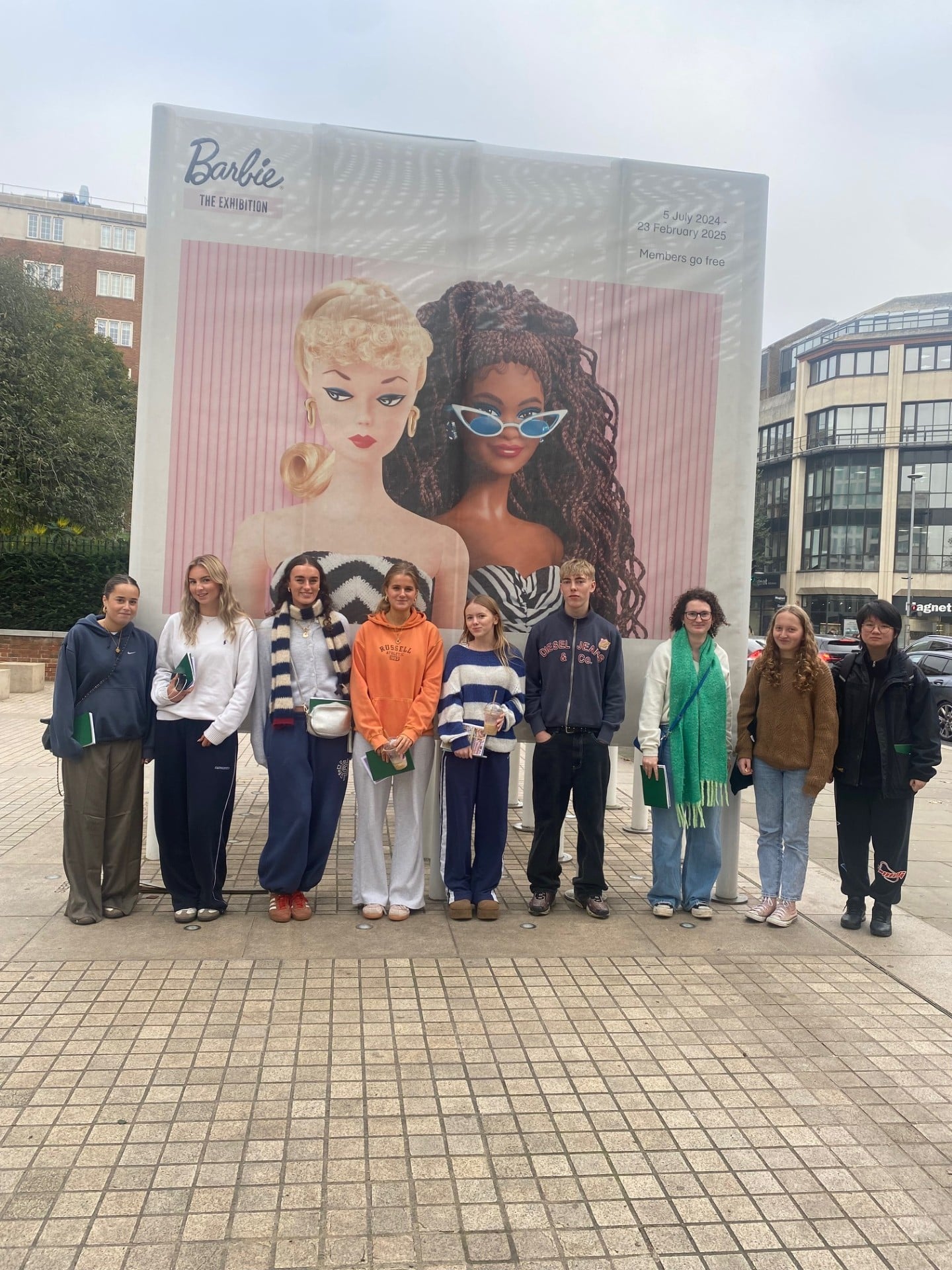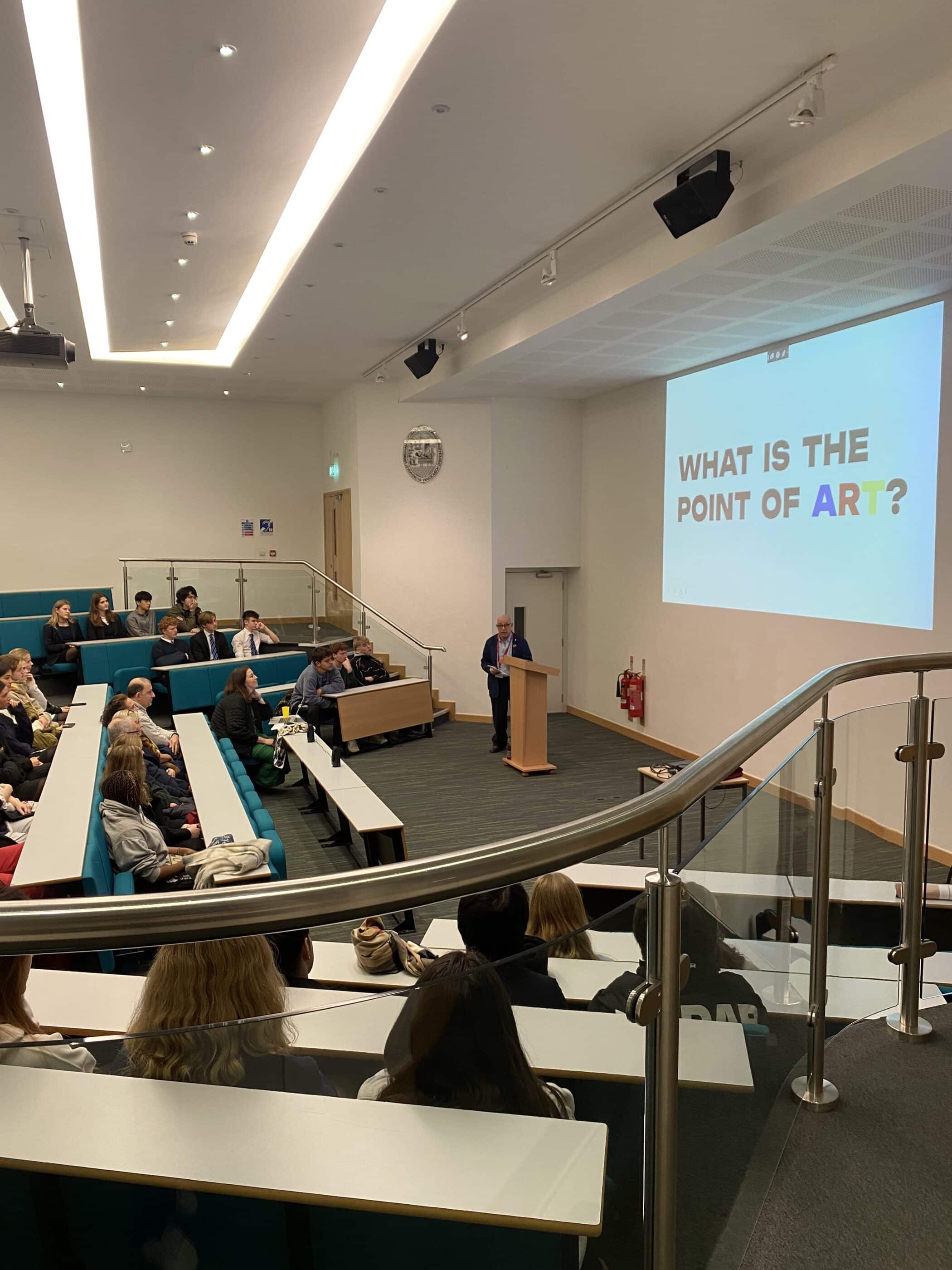What is your final piece?
My final piece is inspired by the theme of feminism, and how societal views of women’s bodies impacted women’s lives. This developed from the idea of protests and human form, with people fighting for their rights. One of my biggest inspirations for this project was the recent event in the news of the tragic murder of Sarah Everard, showing the extreme injustice of the world we are living in. This project gave me an opportunity to explore creative ways of educating people by giving them an insight into the life of a woman through art. I was excited to explore the ways in which art could portray feminism, and the ways it could be used to influence people and educate them about the world of women. As well as this, I was also interested in investigating the emotions and feelings of women as a result of their degradation such as anger or frustration.
When did you first become interested in art?
I have been interested in art for as long as I can remember. When I was a toddler my mum always set up art projects for me and my siblings to do, like make sculpture houses out of recycling and painting it, and since then I have always enjoyed messing around and experimenting with different paints and materials.
What is your favourite tool or material to work with?
My favourite material is probably fabric, because you can do so much more to fabric than most other materials such as using embroidery, colour monotypes or sgraffito and it’s flexibility makes it easy to manipulate into different shapes and forms.
Where do you find creative inspiration?
My ideas behind most of my art are driven by my personal interests and opinions on the world and society, and I use art as a way of exploring and portraying different complimentary and contrasting views.
Where are you going to study next year?
Next year, I am deciding between studying Genetics at University of Sheffield and Biosciences at University of Birmingham.





